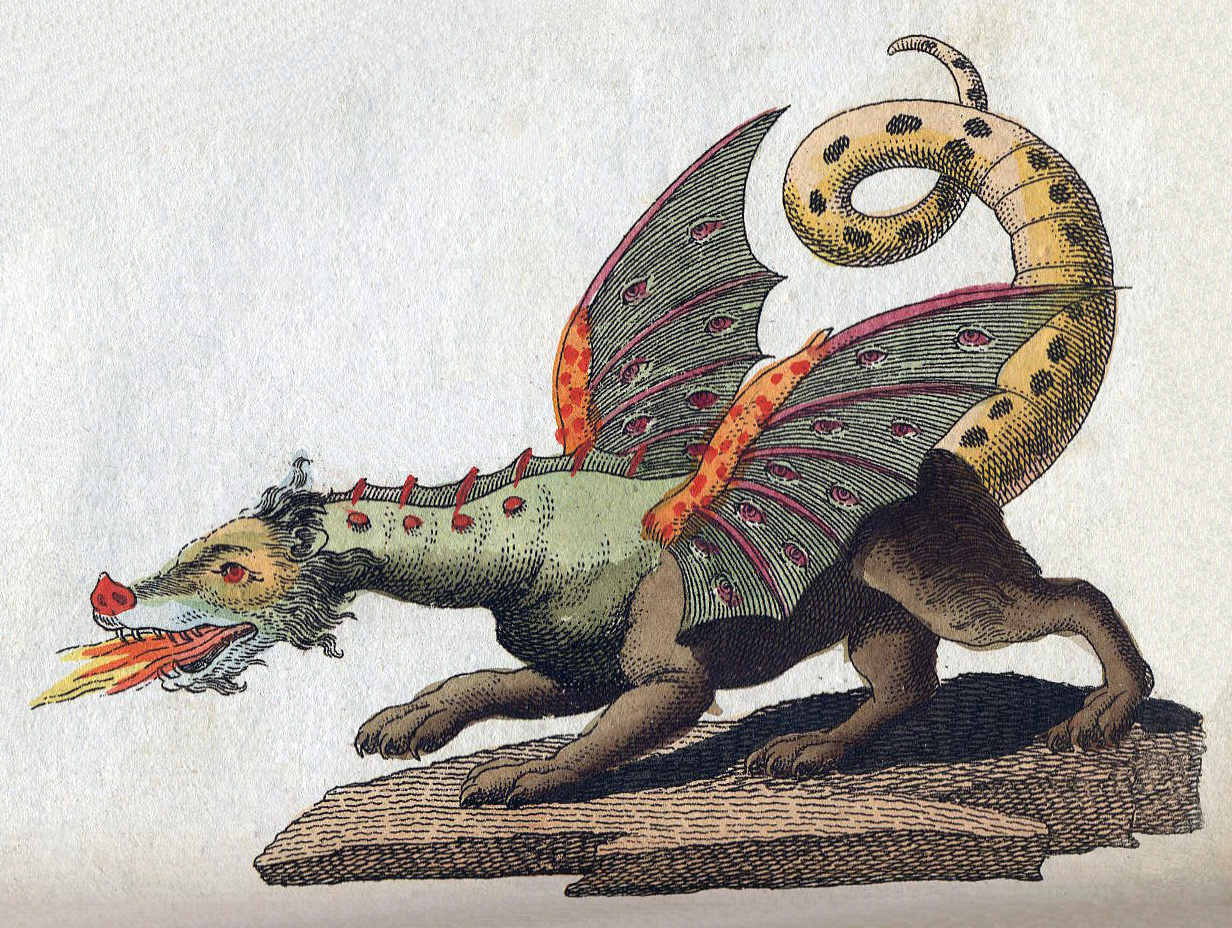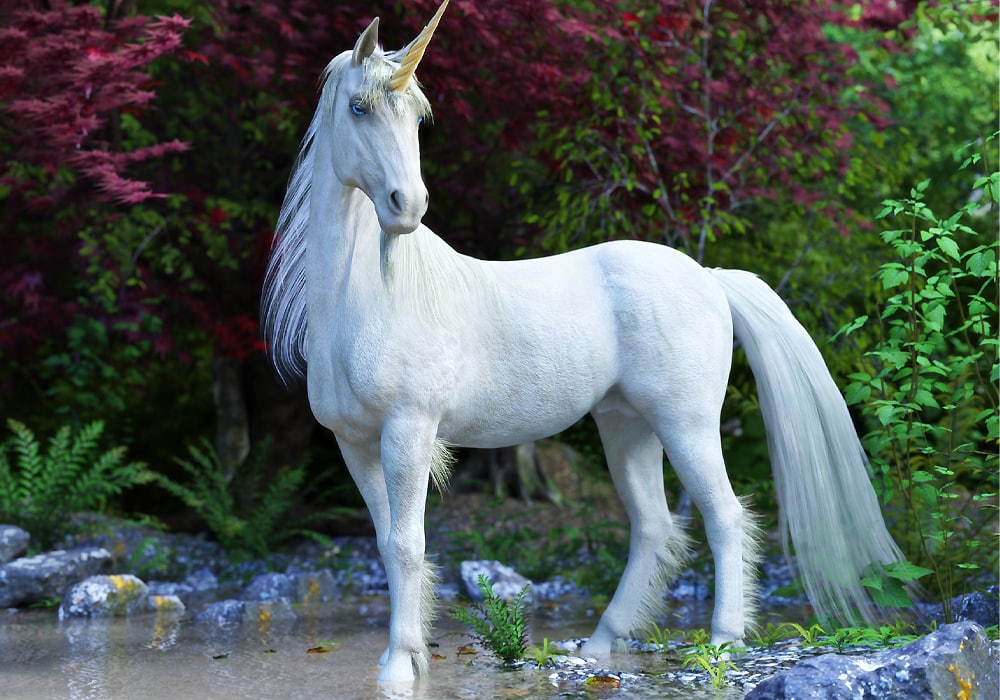Mythical Creatures and Beasts: Stories and Lore of Dragons, Unicorns, Phoenixes, and Griffins
Mythical creatures have captivated human imagination for centuries, embodying the mysteries of the natural world and the depths of human creativity.
From the fiery breath of dragons to the healing touch of unicorns, these legendary beings appear in the myths and folklore of cultures across the globe.
This article explores the rich stories and lore surrounding some of the most iconic mythical creatures: dragons, unicorns, phoenixes, and griffins.
Dragons: Guardians and Destroyers
 Dragons are perhaps the most universally recognized mythical creatures, appearing in the folklore of virtually every culture.
Dragons are perhaps the most universally recognized mythical creatures, appearing in the folklore of virtually every culture.
These legendary beasts are often depicted as massive, serpentine creatures with immense power and wisdom.
However, their characteristics and symbolic meanings vary significantly across different cultures.
Western Dragons
- Characteristics: In Western mythology, dragons are typically portrayed as fierce, fire-breathing monsters with formidable wings, sharp claws, and tough scales. They are often depicted as antagonistic forces, guarding treasure hoards and terrorizing kingdoms.
- Stories and Symbols: One of the most famous Western dragon tales is that of Saint George and the Dragon, in which Saint George, a Christian martyr, slays a dragon that demands human sacrifices. Western dragons often symbolize chaos, evil, and a challenge to be overcome.
Eastern Dragons
- Characteristics: In contrast, Eastern dragons, particularly in Chinese mythology, are seen as benevolent and wise creatures. These dragons are often depicted as long, serpentine beings without wings, possessing the ability to control water, rainfall, and floods.
- Stories and Symbols: Eastern dragons are revered as symbols of power, strength, and good fortune. The Dragon King, a deity in Chinese folklore, rules over the seas and brings rain to the lands. In the Chinese zodiac, the dragon is a sign of nobility and prosperity.
Norse Dragons
- Characteristics: Norse mythology features dragons such as Níðhöggr, who gnaws at the roots of Yggdrasil, the World Tree. These dragons are often associated with destruction and the end times.
- Stories and Symbols: The epic tale of Sigurd (Siegfried) and the dragon Fafnir from the Völsunga saga highlights themes of bravery, greed, and transformation. Fafnir, originally a dwarf, becomes a dragon to guard his ill-gotten treasure, embodying the corrupting power of greed.
Unicorns: Symbols of Purity and Grace
 Unicorns are mythical creatures often depicted as white horses with a single, spiraling horn on their forehead. These enchanting beings symbolize purity, grace, and mystical power.
Unicorns are mythical creatures often depicted as white horses with a single, spiraling horn on their forehead. These enchanting beings symbolize purity, grace, and mystical power.
European Unicorns
- Characteristics: In European folklore, unicorns are elusive creatures that can only be captured by a virgin maiden. They are often depicted as gentle and beautiful, embodying innocence and purity.
- Stories and Symbols: The unicorn's horn, known as the alicorn, was believed to possess magical healing properties, capable of purifying water and curing diseases. During the Middle Ages, the unicorn became a symbol of Christ in Christian iconography, representing the Incarnation and the virtues of chastity and purity.
Eastern Unicorns
- Characteristics: In Chinese mythology, the Qilin is often referred to as a Chinese unicorn. This creature has the body of a deer, the tail of an ox, and the hooves of a horse, with a single horn on its head.
- Stories and Symbols: The Qilin is considered a good omen, heralding the arrival of a sage or a great ruler. It symbolizes peace, prosperity, and longevity. According to legend, the appearance of a Qilin presaged the birth of Confucius.
Phoenixes: Emblems of Renewal and Resurrection
The phoenix is a mythical bird associated with fire, regeneration, and immortality. It is renowned for its ability to rise from its own ashes, symbolizing renewal and the cyclical nature of life.
Greek Phoenix
- Characteristics: In Greek mythology, the phoenix is described as a magnificent bird with vibrant plumage and a melodious song. It lives for several centuries before burning itself on a pyre and rising anew from the ashes.
- Stories and Symbols: The phoenix represents immortality, resurrection, and the eternal cycle of life and death. It is often associated with the sun, embodying the themes of rebirth and transformation. The ancient Greeks saw the phoenix as a symbol of renewal, reflecting the human desire for eternal life and continuous growth.
Egyptian Bennu
- Characteristics: The Bennu bird, a precursor to the phoenix in Egyptian mythology, is associated with the sun god Ra and the concept of creation. It is often depicted as a heron with a two-feathered crest.
- Stories and Symbols: The Bennu is linked to the inundation of the Nile, a natural cycle crucial for Egyptian agriculture. It symbolizes creation, rebirth, and the renewal of life. The Bennu's self-immolation and rebirth were believed to bring about the renewal of the world.
Griffins: Guardians of Treasure
Griffins are mythical creatures with the body of a lion and the head and wings of an eagle. They are known as powerful and majestic beings, often depicted as guardians of treasure and sacred places.
Ancient Greek and Roman Griffins:
- Characteristics: In Greek and Roman mythology, griffins are formidable creatures combining the king of beasts (the lion) and the king of birds (the eagle). They are depicted as vigilant protectors of gold and other treasures.
- Stories and Symbols: Griffins were believed to guard the gold deposits in the mountains of Scythia. They symbolize strength, courage, and protection. In art and heraldry, griffins represent vigilance and the union of earthly and divine qualities.
Medieval European Griffins
- Characteristics: During the Middle Ages, griffins became popular symbols in European heraldry and architecture. They were often used as decorative motifs in churches and castles, symbolizing divine power and guardianship.
- Stories and Symbols: Medieval lore held that griffins mated for life and would continue to guard their partner even after death, embodying the ideals of fidelity and loyalty. They were also seen as protectors against evil forces, safeguarding both physical and spiritual treasures.
Conclusion
The lore and stories surrounding mythical creatures like dragons, unicorns, phoenixes, and griffins reveal the richness of human imagination and cultural expression. These legendary beings embody universal themes such as power, purity, renewal, and guardianship, offering timeless lessons and captivating narratives.
Whether as symbols of wisdom and strength or as embodiments of innocence and rebirth, mythical creatures continue to inspire and fascinate, bridging the gap between the real and the fantastical.
Sources
- Encyclopaedia Britannica: Dragons
- Mythology.net: Unicorns
- National Geographic: Phoenix Mythology
- Ancient History Encyclopedia: Griffins
- Oxford Classical Dictionary: Dragons in Mythology
- History.com: Unicorns in Mythology
- Smithsonian Magazine: The Phoenix
- Livius.org: The Griffin in Mythology
- BBC: Dragons in Chinese Culture
- ThoughtCo: Mythical Creatures





































